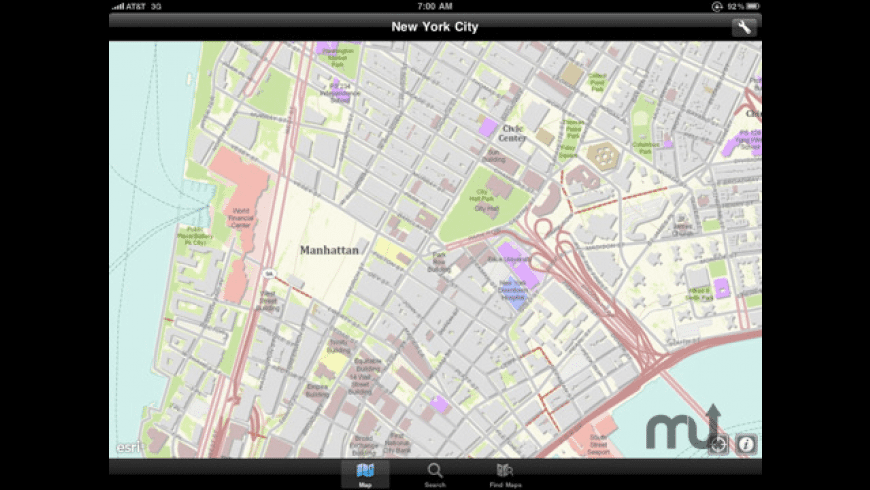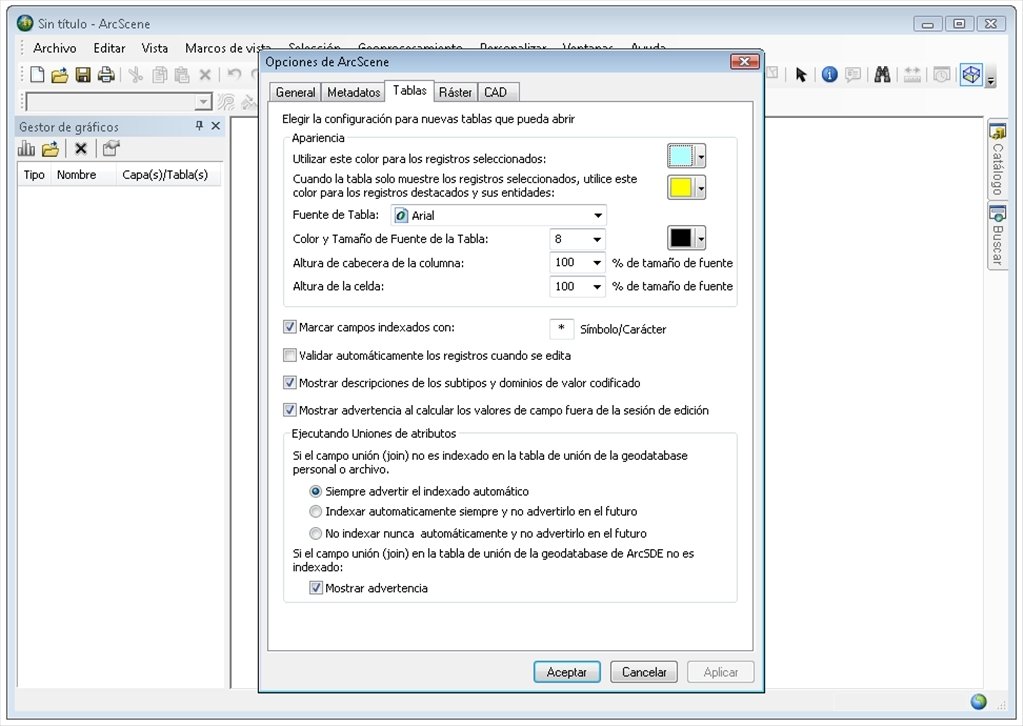Try ArcGIS ArcGIS Desktop is the key to realizing the advantage of location awareness. Collect and manage data, create professional maps, perform traditional and advanced spatial analysis, and solve real problems. Make a difference and add tangible value for your organization, your community, and the world. ArcGIS Maps for Office puts Excel data in the context of location. Use location intelligence to transform your graphs and charts into interactive maps directly in Microsoft Excel to see data from another perspective. Then, use Microsoft PowerPoint to share your map. While many parts of the Esri ArcGIS Platform are able to run natively on Macs, such as ArcGIS Python API, AppStudio, Workforce for ArcGIS, and the Web GIS tools, Esri's ArcGIS Desktop products are not supported for native use on Mac OS.
Running into a bunch of Windows Security errors that are driving me up the wall, and I've read that if I were to install ArcGIS on a Mac, I'd have to do it through Windows anyway.
Guest blog by Micah Williamson, Geospatial Services Manager at Cloudpoint Geographics Inc.
I really “grew up “ in the Geographic Information Systems (GIS) field using ArcGIS. I started using Esri Products in college in spring of 2000, That was my first GIS class at Illinois State University. We used ArcView 3.1 and ArcInfo 7.0.1. I know ArcGIS was out as Version 8, but it wasn’t in our labs so I didn’t even know about it. At my first job they had an old Sun Solaris workstation that apparently ran one of the first versions of Arc – and by the time I got there it was sitting in the back gathering dust. ArcGIS had to run on pretty serious workstations back then; A coworker with the largest PC named his “Beast” it probably had 512 MB of RAM or something ridiculous (editors note: LOL!). The modern version of ArcGIS desktop is ArcMap, which has always looked like a Windows program. In fact there were rumors that it ran on the same “chassis” as MS Word. ArcMap is the core program that GIS practitioners used to create and edit spatial data and maps. It is much like AutoDesk in that there is a paper space as well as a data view. In many circles ArcGIS and ArcMap are the same thing. In fact ArcGIS is the name given to the entire suite of GIS software from Esri. Most of the same practitioners only use one or two products of ArcGIS.
Fast forward to 2011 when I was introduced to my first MacBook (GIS people really live totally in a PC world). In the 90s and 2000’s, I assume Apple had enough to keep it self busy without trying to hard to get into the GIS market! Most Apple users I knew were graphic designers, and we didn’t want them making maps anyway (no offense to graphic designers!). I was given a MacBook and told to get our county GIS on to the Apple store. The only interaction at that time that Esri had for GIS on Mac OS X was through a browser. With the help of the Esri team, we got an app up and running after a few long months. The app that we created used RESTful end points as the web hook into the data. These hooks were put into Xcode and the rest is app history (literally because it’s not longer in the iTunes Store). As a unintended consequence my time on that Macbook got me hooked into the Apple world. Since the time I have stubbornly and sometimes be grudgingly used my MacBook with ArcGIS. That is only due to using Parallels. At first I used Bootcamp to realize the whole power of the Macbook. That was too much rebooting and I worked my way through every virtualization software out there. I kept coming back to Parallels.
Currently I boot into windows several times a week for ArcGIS Desktop use, if not everyday – ArcMap is the flagship product from Esri. This runs easily and without too much effort on Parallels. We create maps, create applications, edit data, run extensions, and install Esri add-ons all without hardly a hiccup. I like to joke to my co-workers that my Parallels Windows 10 install is cleaner and more efficient than their PC Bloat-ware ridden laptops. I do allocate a full 8bg of RAM to the install and 2GB of vGPU – This is excessive for ArcMap but not for it’s little brother ‘ArcGIS Pro’. Pro (as it’s been shortened to) is a complete re-write of ArcGIS desktop. It’s not without STRONG opposition that Esri is moving this way. They spent months and months telling us users that it is not a replacement of ArcMap. So no one took it seriously, but it is. ArcMap is a single threaded 32-bit application. It has it’s severe limits. The minimum requirements of ArcPro are hefty. I recently completed my first application completely using Pro. It was painful. The latest version is a bit better and it will continue to improve. My current list of Esri Related products running on Windows 10 (Dual Screens) with Parallels is: ArcGIS Desktop 10.4 (ArcMap, ArcCatalog ArcScene, ArcGlobe), ArcGIS Pro 1.2, ArcEarth, ArcPad 10.2, ArcPad Studio, Operations Dashboard and ArcGIS Collector (Beta). None of these applications can run on OS X. Plus supporting applications like MS Access 2016 , Excel 2016, Fiddler4 & Python IDLE.
Gis For Macbook
Yes, ArcGIS is going more to the web-based SaaS, as well as 3D. Even now there are several Esri applications that can run on OS X but they all pull content from the web. There is going to be more live streaming of data and clint-side rendering within GIS applications. GPU and rendering is a huge issue as is network bandwidth. I don’t exactly know what direction Esri is going with their 3D rendering engine, but it would be great is Parallels could coincide with that in the future (there is a funky flashing effect that Pro has while rendering 3D if Parallels is not set up properly, as well ArcEarth shows up blank if a proxy is enabled in the internet options of IE).
Arcmap Gis Free Download
As for me, I plan on getting a New MacBook this year with Retina display so that i will have an actual GPU to utilize and most likely review Pro on Parallels again after that!


